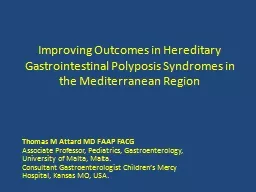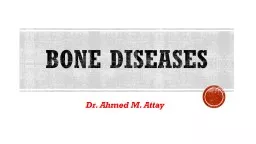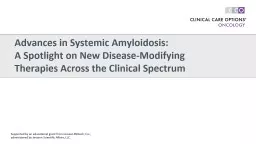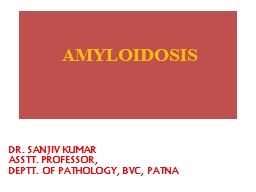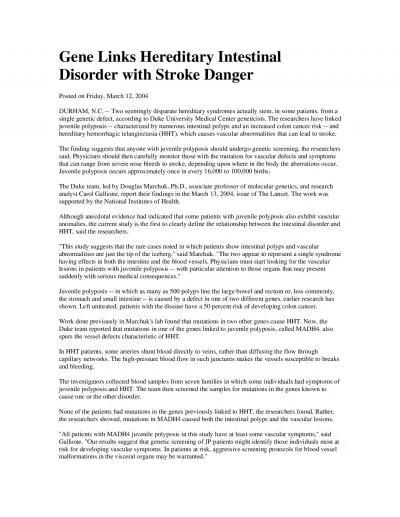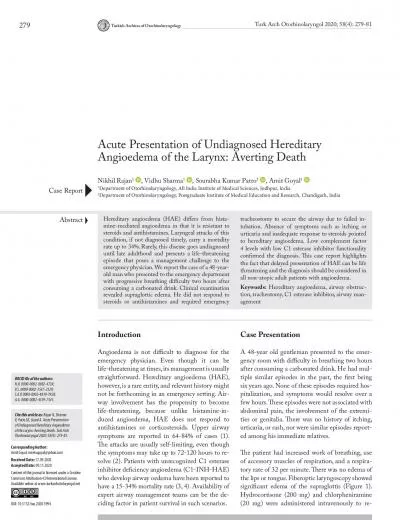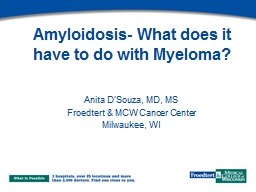PPT-AMYLOIDOSIS AMYLOIDOSIS Amyloidosis is a heterogeneous acquired or hereditary disease
Author : willow | Published Date : 2023-11-24
Amyloid is deposited predominantly in the extracellular space in various tissue and organs With progressive accumulation it encroaches on and produces pressure atrophy
Presentation Embed Code
Download Presentation
Download Presentation The PPT/PDF document "AMYLOIDOSIS AMYLOIDOSIS Amyloidosis is a..." is the property of its rightful owner. Permission is granted to download and print the materials on this website for personal, non-commercial use only, and to display it on your personal computer provided you do not modify the materials and that you retain all copyright notices contained in the materials. By downloading content from our website, you accept the terms of this agreement.
AMYLOIDOSIS AMYLOIDOSIS Amyloidosis is a heterogeneous acquired or hereditary disease: Transcript
Download Rules Of Document
"AMYLOIDOSIS AMYLOIDOSIS Amyloidosis is a heterogeneous acquired or hereditary disease"The content belongs to its owner. You may download and print it for personal use, without modification, and keep all copyright notices. By downloading, you agree to these terms.
Related Documents


